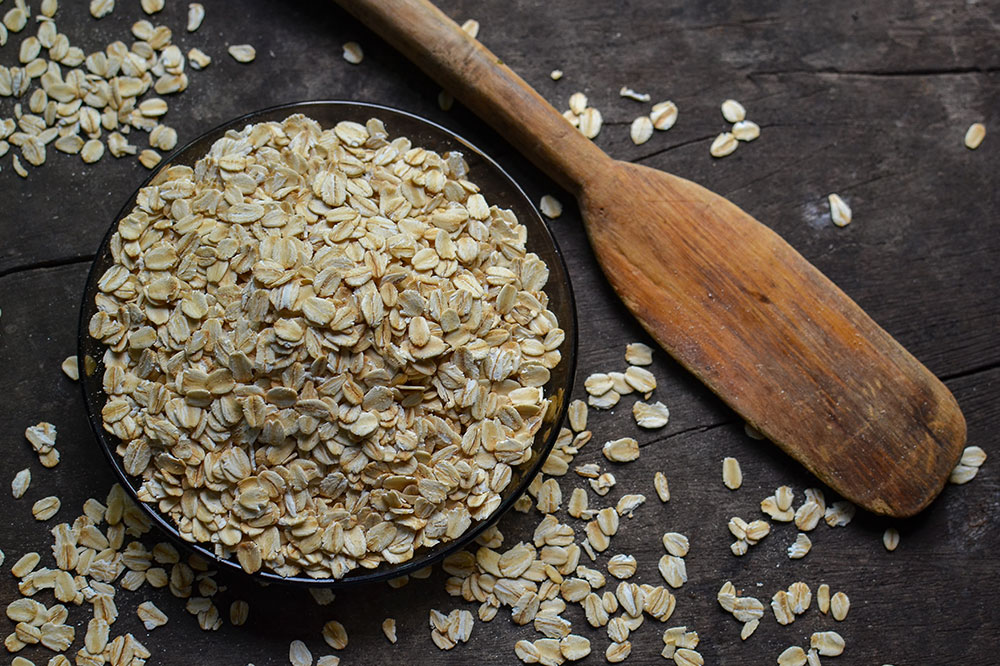Comprehensive Home Care Strategies for Managing and Easing Colitis Symptoms
This comprehensive guide explores effective home management strategies for colitis, emphasizing dietary adjustments, lifestyle changes, and symptom recognition. Implementing these practices can help alleviate discomfort and improve digestive health. Perfect for individuals seeking practical ways to manage this chronic condition naturally and proactively alongside medical treatment.

Effective Home Remedies and Lifestyle Changes to Alleviate Colitis Symptoms
Experiencing stomach discomfort or abdominal pain is a common issue faced by many individuals at some point in their lives. While such discomfort can be occasional and harmless, persistent abdominal issues often point to underlying health conditions, one of which is colitis. This inflammatory disease affects the colon and can significantly impair daily life if not managed properly. Understanding how to incorporate effective home care strategies can help alleviate symptoms and improve quality of life for those suffering from this condition.
Colitis encompasses a range of inflammatory disorders targeting the large intestine, each with varying severity and underlying causes. It is vital for individuals to recognize the symptoms early and adopt appropriate home management techniques alongside medical treatment to prevent complications.
Understanding Types of Colitis
Different types of colitis exist, each with unique characteristics and patient profiles. Ulcerative colitis is most prevalent among young adults aged 15-30 and seniors aged 60-80. It carries a genetic predisposition in some cases. Pseudomembranous colitis often develops after hospital stays or following antibiotic therapy, resulting in inflammation caused by an overgrowth of Clostridium difficile bacteria. Ischemic colitis tends to affect older adults over 50, especially those with pre-existing cardiovascular conditions or prior abdominal surgeries.
While the causes vary, the symptoms and potential health risks are similar, necessitating proactive home care efforts to control inflammation and prevent worsening of the condition.
Recognizing the Symptoms of Colitis
Early detection of colitis symptoms is crucial for effective management. Typical signs include:
Abdominal cramps: Sudden, often intense sensations localized around the large intestine area. These can occur intermittently or persist over time.
Persistent abdominal pain: Ongoing discomfort that may worsen during flare-ups requiring medical consultation.
Bloating: An uncomfortable feeling of fullness or distension, especially after meals.
Unintentional weight loss: Significant weight reduction without changes in diet or physical activity, often indicating ongoing inflammation.
Frequent diarrhea: Recurrent episodes of loose stools, sometimes containing blood or mucus, which can lead to severe dehydration if untreated.
Irregular bowel movements and visible blood in stools: Symptoms that point towards inflammation and potential tissue damage.
Urgency and inability to control bowel movements: Often causes embarrassment and distress, demanding immediate attention.
Fever and occasional vomiting: Usually during active flare-ups, indicating systemic inflammation and infection.
Diagnosing Colitis Effectively
Healthcare professionals utilize various diagnostic tools to confirm colitis and determine its type. These include colonoscopy—considered the gold standard—sigmoidoscopy, and imaging techniques like MRI scans or ultrasound. Barium enema X-rays also help visualize the intestinal lining, providing critical information for precise diagnosis and tailored treatment plans.
Home Management of Colitis: Practical Tips to Reduce Symptoms
Alongside prescribed medical therapies, implementing lifestyle modifications and dietary adjustments is essential for controlling inflammation and alleviating symptoms. Here are comprehensive strategies to adopt at home:
Dietary restrictions to minimize irritation:
Limit or avoid dairy products: Particularly if lactose intolerance is a contributing factor, reducing dairy helps lessen bloating and diarrhea.
Consume low-fat foods: Focus on vegetables, fruits, and lean proteins, avoiding fried or greasy foods that can aggravate symptoms.
Reduce fiber intake during flare-ups: Limit high-fiber foods such as whole grains, nuts, broccoli, and cabbage until inflammation subsides, then gradually reintroduce them.
Avoid spicy, oily, and rich foods: These can trigger or worsen gastrointestinal distress.
Optimizing hydration and meal frequency:
Stay well-hydrated: Drinking plenty of water, herbal teas, and clear broths supports digestion and helps prevent dehydration caused by diarrhea.
Eat smaller, more frequent meals: Instead of large portions, opt for 6-7 mini-meals throughout the day to reduce strain on the digestive system and promote better absorption.
Lifestyle modifications to support gut health:
Regular physical activity: Moderate exercise like walking, yoga, or swimming can enhance intestinal circulation and reduce stress levels.
Stress management techniques: Practices such as meditation, deep breathing exercises, or mindfulness meditation help lower stress triggers that may exacerbate inflammation and symptom severity.
Adequate rest and sleep: Ensuring quality sleep boosts immunity and fosters recovery.
Additional home remedies and habits, such as maintaining a food diary to identify trigger foods, avoiding smoking and alcohol consumption, and incorporating probiotics, can further aid in managing colitis symptoms. Consistency and patience are vital in seeing improvements.
In conclusion, while colitis can be a chronic condition, proactive home care combined with professional medical guidance significantly enhances quality of life. By understanding the disease, recognizing early symptoms, and adopting supportive lifestyle changes, individuals can effectively control inflammation, reduce flare-ups, and maintain overall gut health.





